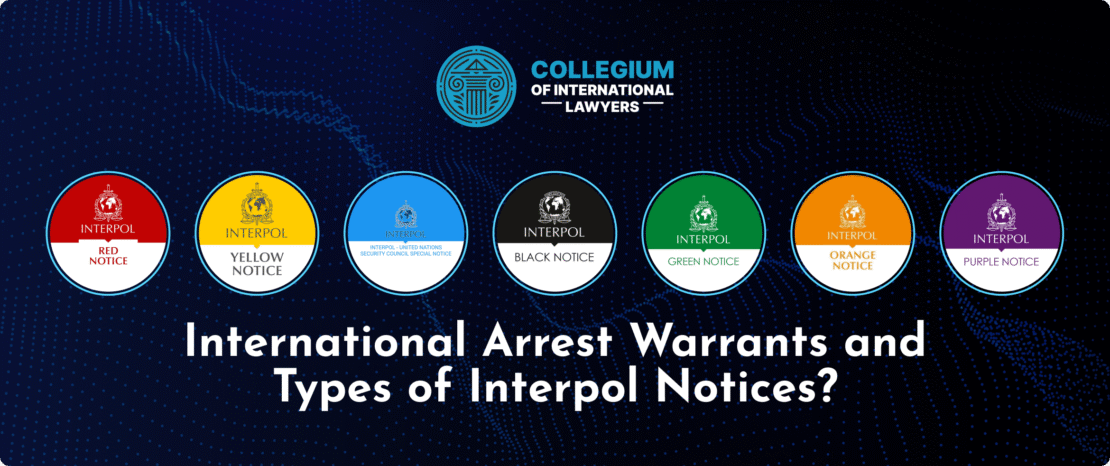
The Rise of the Russian Mafia: From Shadows to Power
The story of the Russian mafia is as complex as it is fascinating, representing a convoluted history of crime, culture, and societal upheaval. Following the collapse of the Soviet Union, a power vacuum emerged, laying fertile ground for the rise of organized crime. The Russian mafia, a network of various criminal organizations, flourished in this environment, capitalizing on the chaos and instability of the post-Soviet era. You can learn more about rise of the Russian mafia organized crime in post-Soviet Russia and how it shaped the nation’s trajectory.
The Historical Context
The roots of the Russian mafia can be traced back to the early 20th century, taking form within the tumultuous political landscape of imperial Russia. However, it wasn’t until the 1990s, after the fall of the Soviet Union, that these criminal organizations truly began to take shape. During the USSR era, crime was often state-sponsored, with corrupt officials and criminals colluding under the watchful eye of the KGB. As the Soviet regime crumbled, so did the tightly controlled society, unleashing a wave of lawlessness and economic disarray.
The Formation of Bratva
The term « Bratva, » meaning « brotherhood, » is synonymous with the Russian mafia. It refers to a network of organized crime syndicates that operates not under a single hierarchical structure but as an allegiance of various independent groups. The Bratva emerged from the street gangs of the Soviet era, evolving into a more sophisticated and organized network. With a profound sense of loyalty and ritualistic practices, the Bratva forged its identity amidst the ruins of a collapsing system.
Key Players and Figures

The rise of the Russian mafia saw the emergence of several notorious figures, often glorified in popular culture. Leaders such as Semion Mogilevich, often described as the ‘boss of bosses,’ and Vyacheslav Ivanykh, known as “Yaponchik,” became emblematic of the mafia’s influence. These figures operated with impunity, engaging in various illegal activities, from drug trafficking to arms smuggling. Their presence not only reinforced the mafia’s reach but also cemented its position in society, where it often provided services that the government struggled to deliver.
Economic Factors and Criminal Enterprises
The disintegration of the Soviet economy played a pivotal role in the expansion of the Russian mafia. As state-owned enterprises were privatized, corrupt practices and racketeering became commonplace. Businesses, particularly in the oil, gas, and construction sectors, were often coerced into paying protection money to mafia organizations, creating a pervasive atmosphere of fear and control. The mafia not only infiltrated legal businesses but also established their own companies, further blurring the line between legitimate and illegitimate enterprises.
The Global Expansion
As the Russian mafia solidified its power in the 1990s, it began to expand its operations internationally. Major cities around the globe, from New York to London, witnessed the infiltration of Russian organized crime. With global connections and a growing network, the Russian mafia started collaborating with other criminal organizations, leading to an increase in drug trafficking, money laundering, and human trafficking. The ability to operate across borders allowed the mafia to diversify its operations and increase its profits exponentially.
Culture and Media Representation
The influence of the Russian mafia transcends mere criminal activity. Its cultural impact has been significant, with media representations ranging from glamorized portrayals in films and literature to realistic documentaries highlighting its brutal nature. The romanticization of mafia figures in books and movies often serves to obscure the true consequences of their actions, which are far removed from any notions of honor or nobility. In reality, the mafia’s existence has been one of violence, exploitation, and the suppression of the weak.

The Modern Russian Mafia
Entering the 21st century, the Russian mafia has continued to adapt to changing political and economic landscapes. While actively engaged in traditional criminal activities, the mafia has also diversified into cybercrime, capitalizing on the digital era. Hacking, identity theft, and online fraud are emerging avenues where the Russian mafia now operates, demonstrating its resilience and ability to evolve.
Government Response and Legal Measures
The Russian government has attempted to address the mafia problem with varying degrees of success. Efforts to combat organized crime have led to high-profile arrests and crackdowns, yet the deep-rooted connections between criminals and corrupt officials often hinder effective action. The confluence of power, wealth, and crime presents a unique challenge, as reforms are frequently undermined by the very system designed to enforce them.
The Future of the Russian Mafia
The future of the Russian mafia remains uncertain, shaped by internal conflicts, governmental crackdowns, and the constantly shifting geopolitical landscape. Despite the challenges it faces, the mafia’s historical resilience suggests it will continue to adapt and survive. As long as opportunities for illicit profit exist, the underworld of organized crime will thrive, evolving alongside societal changes.
Conclusion
The rise of the Russian mafia offers a sobering insight into the complexities of organized crime and its pervasive impact on society. Its history is woven into the very fabric of Russian culture and politics, reflecting the struggle for power and survival in an unpredictable world. Understanding this phenomenon necessitates a nuanced perspective that considers the socio-economic factors that fuel such criminal enterprises. As we proceed into an uncertain future, the lessons of the past may hold the key to comprehending the dynamics of power, crime, and society.
